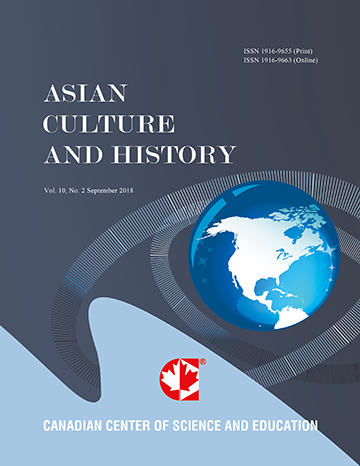Isaiah’s Structure from Random Forest Regression Analysis
- Richard J. Butler
Abstract
This is the first paper to analyze the tripartite linguistic structure of Isaiah using Random Forest Regression, a supervised machine learning statistical approach. By predicting the occurrences of ‘judgment’ and ‘hope’ verses, we examine the threefold structure of Isaiah (section 1--chapters 1-39; section 2--chapters 40-55; and section 3--chapters 56-66) for differences in expression within and between each section. We find more inter-sectional homogeneity between sections 1 and 2 than between sections 1 and 3 or between sections 2 and 3, with respect to both judgment and hope word structures. Moreover, analysis of the judgment-vs-hope word structure indicate that section 3 heterogeneity differs significantly from sections 1 and 2 homogeneity, reinforcing the hypothesis that there is indeed a post-exilic authorship of section 3 (Isaiah 56-66).
- Full Text:
 PDF
PDF
- DOI:10.5539/ach.v15n1p34
Journal Metrics
Google-based Impact Factor (2017): 5.42
h-index (January 2018): 11
i10-index (January 2018): 21
h5-index (January 2018): 6
h5-median (January 2018): 9
Index
- Academic Journals Database
- CNKI Scholar
- COPAC
- EconPapers
- Elektronische Zeitschriftenbibliothek (EZB)
- Excellence in Research for Australia (ERA)
- Genamics JournalSeek
- Google Scholar
- Infotrieve
- LOCKSS
- MIAR
- NewJour
- Open J-Gate
- PKP Open Archives Harvester
- Publons
- RePEc
- Scilit
- SHERPA/RoMEO
- Standard Periodical Directory
- Technische Informationsbibliothek (TIB)
- The Keepers Registry
- Universe Digital Library
- WorldCat
Contact
- Ivan YongEditorial Assistant
- ach@ccsenet.org
